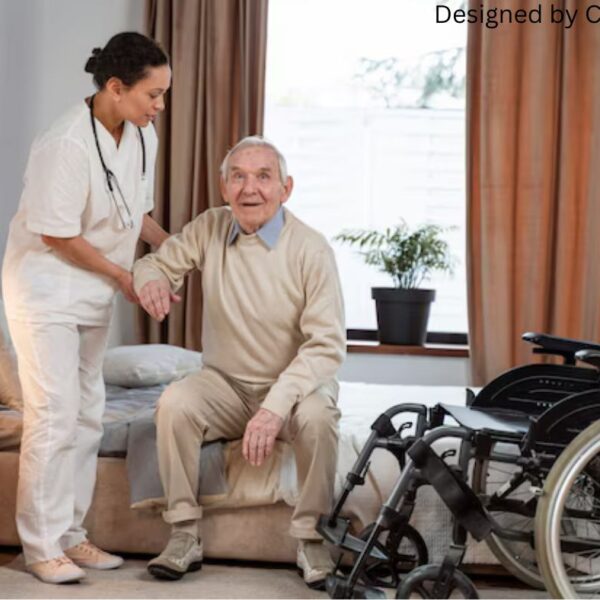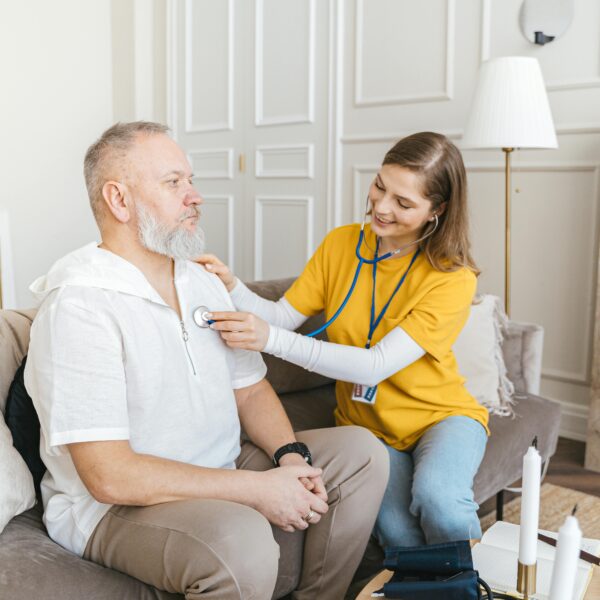
Laser skin resurfacing has emerged as a revolutionary cosmetic procedure that addresses various skin concerns, offering individuals a path to rejuvenated and healthier skin. As technology in the field of dermatology advances, laser treatments continue to gain popularity for their effectiveness in addressing a wide range of skin conditions.
This article aims to explore the diverse skin conditions that laser skin resurfacing can effectively treat. Before delving into the specifics, let’s gain a comprehensive understanding of what laser skin resurfacing entails.
2. Understanding Laser Skin Resurfacing
Laser skin resurfacing is a cosmetic procedure that uses laser technology to improve the appearance of the skin. It is a versatile treatment known for its ability to address various skin concerns, including wrinkles, scars, pigmentation irregularities, and more.
The procedure involves the use of a laser to remove the outer layer of damaged skin, stimulating the production of new, healthier skin cells. Depending on the specific skin condition being treated, different types of lasers may be used, each with its unique wavelength and penetration depth.
3. Common Skin Conditions Treatable by Laser Skin Resurfacing
3.1. Acne Scars
One of the primary concerns that laser skin resurfacing effectively addresses is acne scars. Acne can leave behind unsightly scars that may affect an individual’s self-esteem. Laser treatments target the damaged skin, promoting collagen production and encouraging the growth of smoother, more even skin.
3.2. Wrinkles and Fine Lines
As individuals age, the skin naturally loses collagen and elastin, leading to the formation of wrinkles and fine lines. Laser skin resurfacing helps combat these signs of aging by stimulating collagen production, resulting in firmer, more youthful-looking skin.
3.3. Sun Damage and Hyperpigmentation
Excessive sun exposure can lead to sun damage and hyperpigmentation, causing uneven skin tone and dark spots. Laser treatments target the pigmented areas, breaking down excess melanin and revealing clearer, more radiant skin.
3.4. Uneven Skin Tone and Texture
Laser skin resurfacing is highly effective in improving overall skin tone and texture. It can address irregularities such as rough patches, enlarged pores, and uneven pigmentation, providing a smoother and more uniform complexion.
3.5. Stretch Marks
While stretch marks are a common concern, especially after pregnancy or significant weight fluctuations, laser skin resurfacing can help minimize their appearance. The laser stimulates collagen production, reducing the visibility of stretch marks and improving the skin’s elasticity.
4. The Laser Skin Resurfacing Procedure
4.1. Different Types of Lasers
Various lasers are used in skin resurfacing, each designed to target specific skin concerns. Common types include ablative lasers, which remove thin layers of skin, and non-ablative lasers, which penetrate the skin without removing layers. Fractional lasers, combining aspects of both, create microscopic injuries to promote healing and collagen production.
4.2. Preparing for the Procedure
Before undergoing laser skin resurfacing, individuals need to prepare their skin. This may involve avoiding sun exposure, discontinuing certain skincare products, and discussing medical history and expectations with the dermatologist or cosmetic surgeon.
4.3. The Treatment Process
During the procedure, the patient may be given a local anesthetic or sedation to minimize discomfort. The laser is then applied to the targeted areas, removing or penetrating the skin as necessary. The duration of the treatment depends on the size and severity of the area being treated.
4.4. Recovery and Aftercare
Following laser skin resurfacing, individuals may experience redness, swelling, and peeling as the skin heals. It’s crucial to follow post-procedure care instructions, which may include applying ointments, avoiding sun exposure, and using gentle skincare products. Complete recovery time varies but is generally within a few weeks.
5. Risks and Considerations
While laser skin resurfacing is generally safe, it’s essential to be aware of potential risks and considerations. These may include temporary changes in skin color, scarring, infection, and, in rare cases, pigmentation irregularities. Consulting with a qualified and experienced dermatologist or cosmetic surgeon is crucial to minimizing these risks and achieving optimal results.
6. Conclusion
In conclusion, laser skin resurfacing is a highly effective and versatile cosmetic procedure that can address a wide range of skin conditions. From acne scars to wrinkles and sun damage, individuals seeking skin rejuvenation have found significant benefits from this advanced treatment.
As technology continues to advance, laser skin resurfacing near me is likely to become even more refined and tailored to individual needs. Before considering this procedure, individuals must consult with a qualified healthcare professional who can assess their specific skin concerns, discuss realistic expectations, and guide them through the process for a successful outcome. With proper care and professional guidance, laser skin resurfacing can be a transformative solution for achieving healthier, more radiant skin.
Recent Post :











